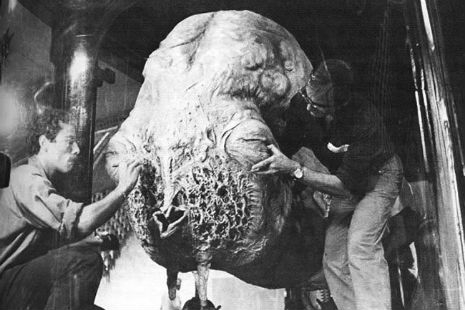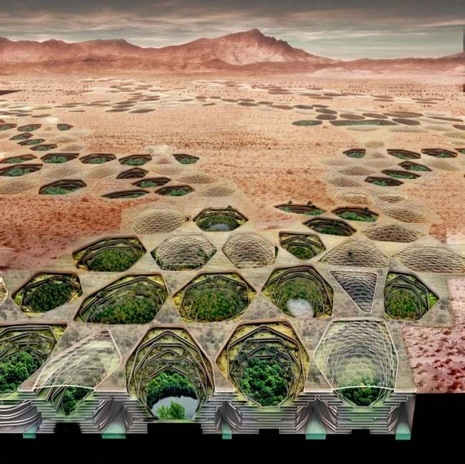
Frank Herbert said John Schoenherr was “the only man who has ever visited Dune.” Schoenherr (1935-2010) was the artist responsible for visualising and illustrating Herbert’s Dune—firstly in the pages of Analog magazine, then in the fully illustrated edition of the classic science fiction tale. But Herbert didn’t stop there, he later added:
I can envision no more perfect visual representation of my Dune world than John Schoenherr’s careful and accurate illustrations.
High praise indeed, but truly deserved, for as Jeff Love pointed out in Omni Reboot, Schoenherr’s illustrations are “the most important science fiction art ever created.”
If there’s anywhere the old axiom about judging a book by its cover holds true, it’s science fiction. Few authors and the artists employed to visualize their stories achieve a real dialogue; more often than not, throughout the history of science fiction, literature of real depth is sold with flashy aliens and cosmic exaggerations. An extraordinary illustrator, however, is capable of contributing to a piece of literature just as meaningfully as its author. In the case of an artist like John Schoenherr, he becomes the work’s joint architect–and leaves a mark no less indelible.
Schoenherr’s indelible mark made its first appearance alongside a three-part serialization of Dune World in the pages of Analog magazine (1963-64). This was followed by the five-part Prophet of Dune in 1965, for this he won a Hugo Award as Best Professional Artist.
Then in 1976, Schoenherr supplied the artwork for Children of Dune, leading to the epic every home should one volume The Illustrated Dune in 1978.
Born in 1935, Schoenherr started illustrating science fiction stories with Amazing magazine in 1957, but quickly became a fan favorite with his stunning work with Analog. He also illustrated many book covers—most notably those by Philip K. Dick. However, it is Schoenherr’s original art work for Dune that has lasted, as it is difficult to read or think about Herbert’s novels without envisioning the world Schoenherr created in his paintings and sketches.
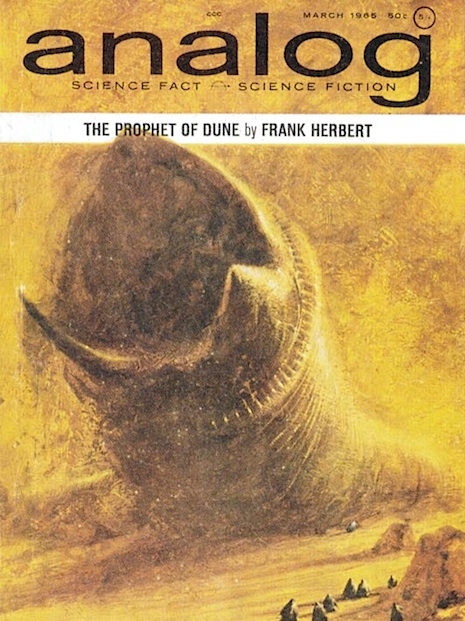

Dawn At The Palace Of Arrakeen.
More of Schoenherr’s influential artwork for ‘Dune’ after the jump…






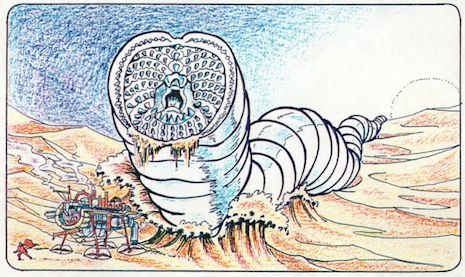
_465_533_int.jpg)
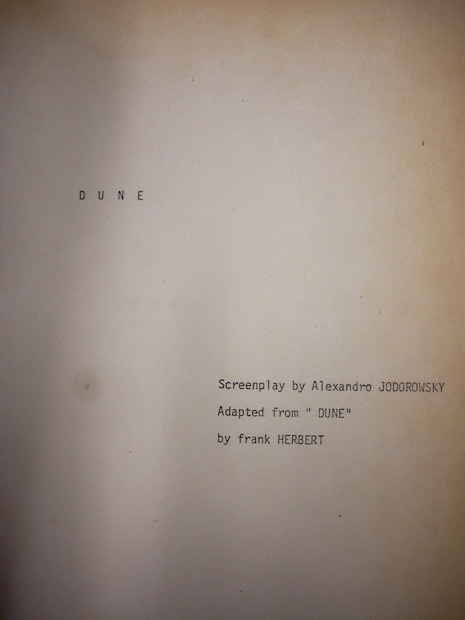

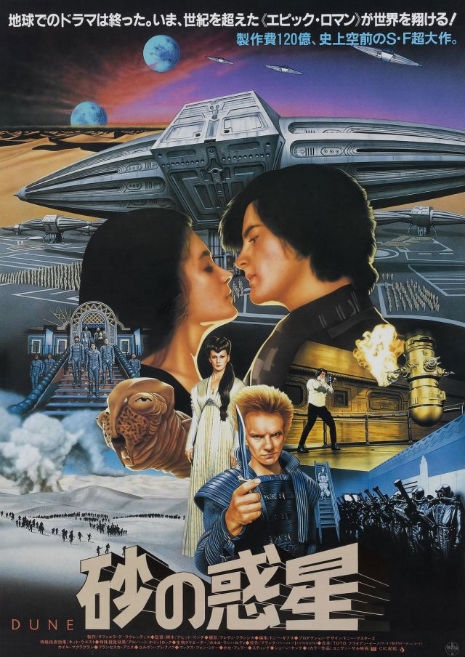

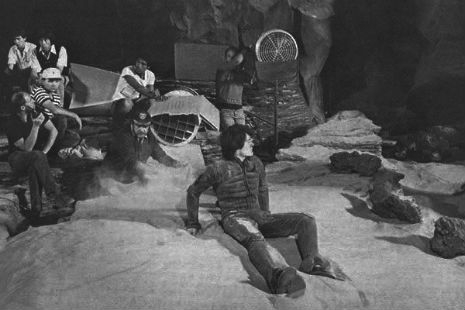
_465_312_int.jpg)
